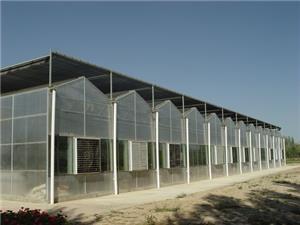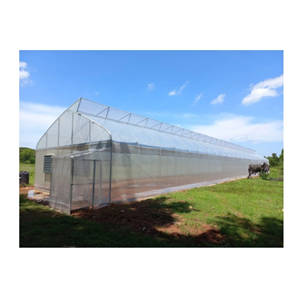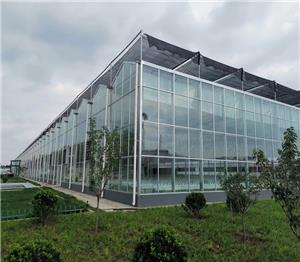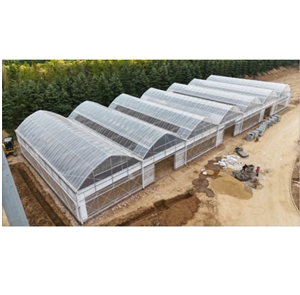Advantages of Polycarbonate Greenhouse
Core Advantages of Polycarbonate Greenhouse
The key to the success of Polycarbonate greenhouses (PC Greenhouse) lies in the performance of polycarbonate glazing. Unlike fragile glass, PC panels are virtually unbreakable—boasting impact resistance up to 200 times that of glass—making them ideal for regions prone to hailstorms, strong winds, or accidental damage. They also excel in light management: with a light transmittance of 80% to 90% (comparable to glass), they allow ample sunlight for photosynthesis while diffusing light evenly. This diffused light reduces the risk of leaf burn and ensures uniform growth across all plants, a significant advantage over the harsh direct light that passes through glass.
Thermal insulation is another standout feature. Most PC Greenhouse use double or triple-layered PC panels, which create air pockets that trap heat effectively. This insulation minimizes heat loss during cold seasons, reducing the need for additional heating and cutting energy costs by 30% to 50% compared to glass greenhouses. In summer, the PC Greenhouse panels also help regulate temperature by blocking excessive infrared radiation, keeping the interior cool without compromising light intake.
Structural Design and Adaptability
Polycarbonate greenhouses (PC Greenhouse) are designed for versatility, with structures that can be customized to suit different climates and cultivation needs. The frames are typically made of corrosion-resistant materials like aluminum or galvanized steel, ensuring long-term stability even in humid or coastal environments.
These PC Greenhouse also support advanced gardening technologies. They can be integrated with automated systems for temperature control, humidity regulation, drip irrigation, and even LED supplementary lighting, making them suitable for precision agriculture. Themodular design of PC Greenhouse allows for easy expansion—farmers can add sections to their greenhouses as their cultivation scale grows, without needing to rebuild the entire structure.
Applications and Maintenance
Commercially, polycarbonate greenhouses are widely used for year-round production of high-value crops such as tomatoes, cucumbers, and strawberries. Their ability to extend growing seasons and protect crops from pests, extreme weather, and fluctuations in outdoor conditions ensures consistent yields and quality.
Environmental Sustainability
In an era of growing focus on eco-friendly agriculture, Polycarbonate greenhouses (PC Greenhouse) stand out for their sustainability. The energy savings from PC Greenhouse insulation properties reduce carbon emissions associated with heating and cooling. Additionally, many PC panels are recyclable at the end of their lifespan, minimizing plastic waste. Their ability to optimize water use (when paired with efficient irrigation systems) also aligns with global efforts to conserve water resources in agriculture.
In summary, polycarbonate greenhouses/PC Greenhouse combine practicality, efficiency, and sustainability, making them a smart choice for both commercial and residential horticulture. Their ability to adapt to diverse conditions, protect crops, and reduce environmental impact positions them as a vital tool for the future of sustainable farming.




